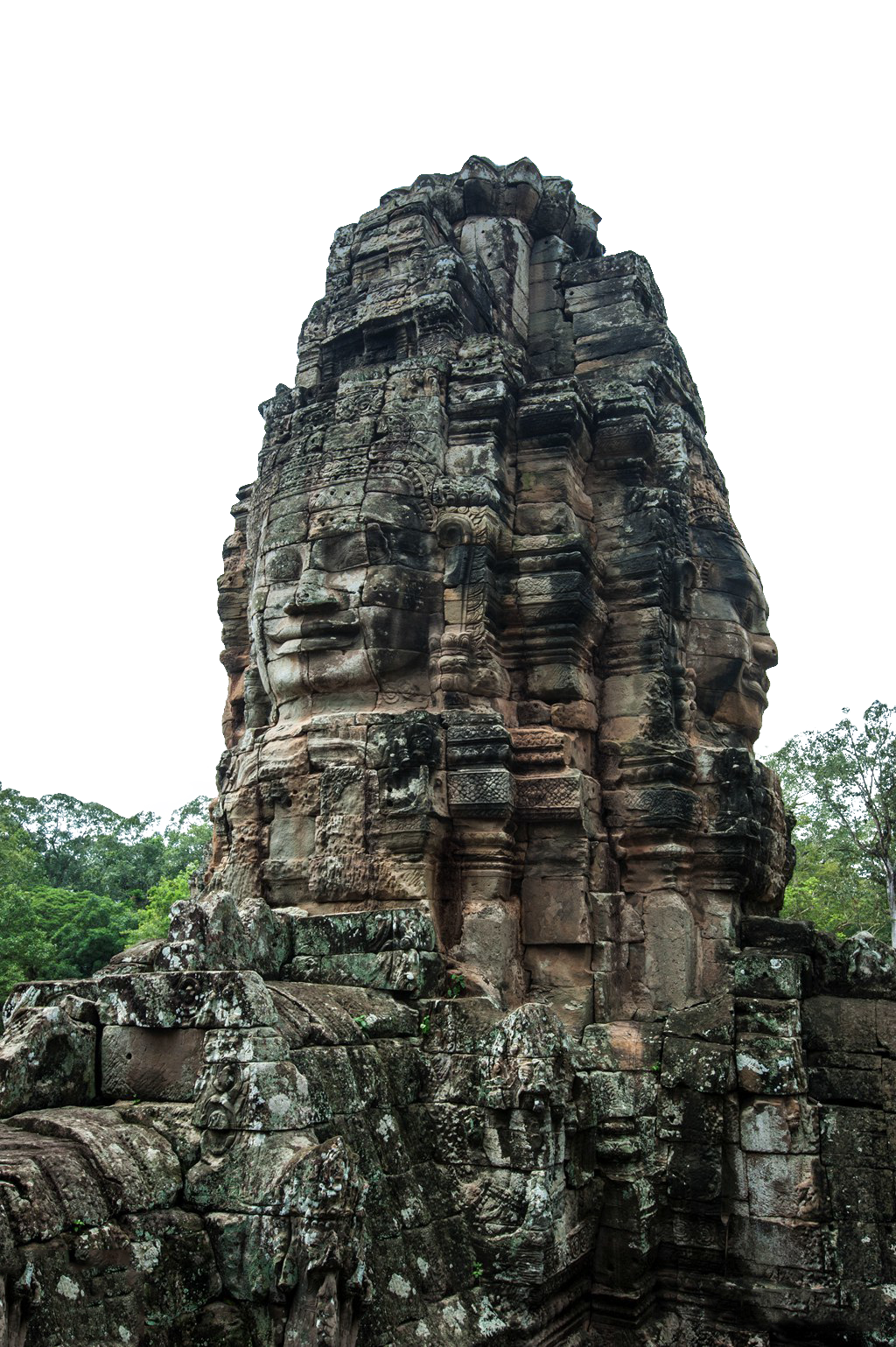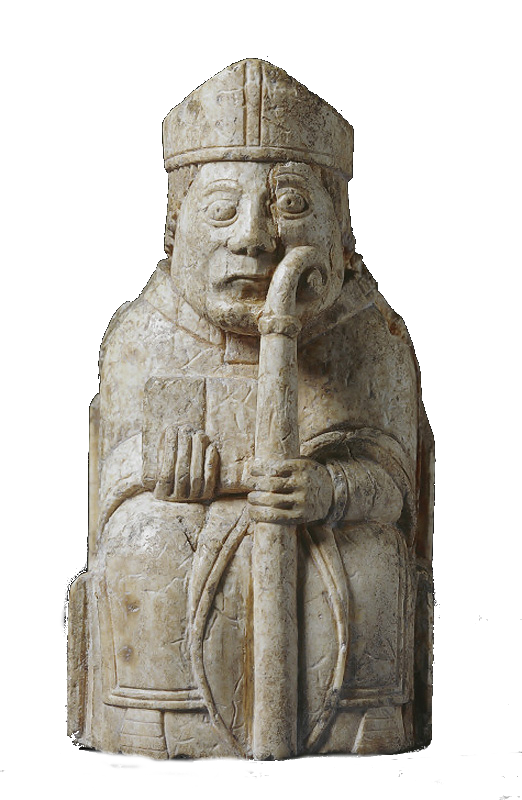This is the best summary I could come up with:
Now, anthropologists from Dartmouth have analyzed declassified spy satellite imagery dating from the Cold War, identifying 396 Roman forts, according to a recent paper published in the journal Antiquity.
A former World War I pilot, he later became a priest and joined the French Levant forces, helping pioneer the use of aerial photography as an archaeological surveying tool to discover and record sites of interest.
Poidebard believed the forts were mostly constructed during the second and third centuries CE as a border wall to defend the eastern Roman provinces from invasions by Arab nomads or Persian armies.
But later scholars argued that the forts were too far apart to function efficiently as a border wall, suggesting instead that they had been used to protect military and commercial caravans in the region—or possibly to defend local populations from nomadic raids.
The authors used declassified imagery from the CORONA and HEXAGON programs to monitor the Soviet Union, China, and other strategic areas from 1959 through 1972—part of the US response to the USSR's successful launch of Sputnik 1 in 1957.
And in 2006, a team from the Australian National University found evidence of early Islamic pottery factories, along with a hilltop complex of megalithic tombs and the identification of Middle Paleolithic remains at the ancient fortress site of Jebel Khalid in the Euphrates River Valley.
The original article contains 555 words, the summary contains 223 words. Saved 60%. I'm a bot and I'm open source!



